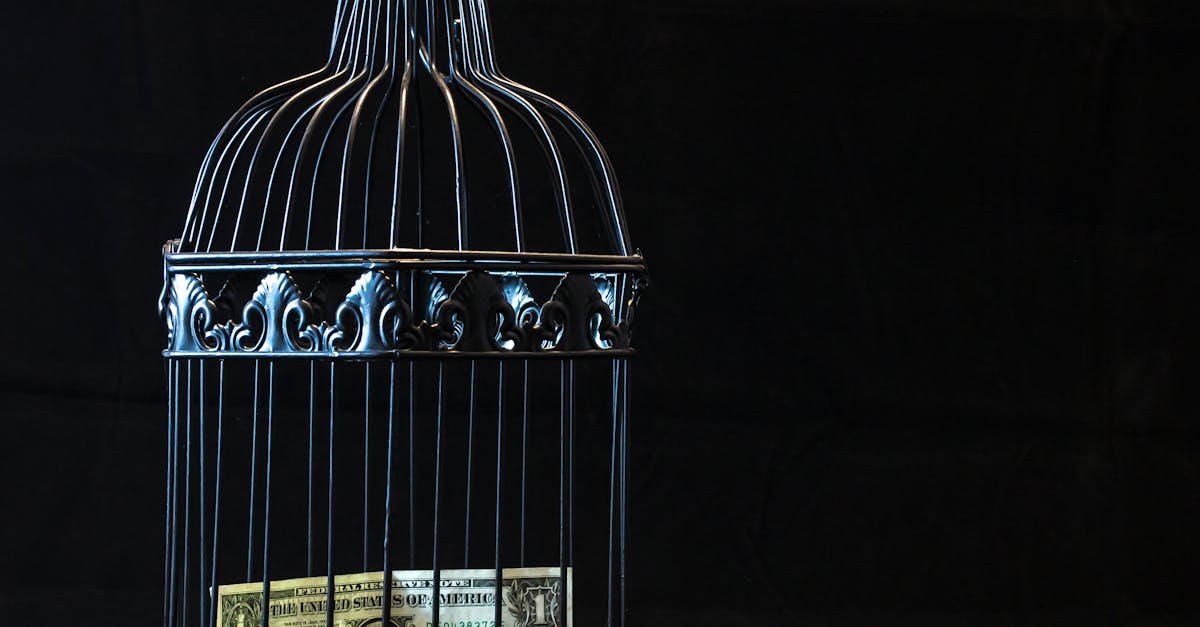
iot devices
Table Of Contents
The advent of technology has transformed the way we interact with our environment, and IoT wearable devices exemplify this shift. These innovative gadgets seamlessly integrate into our daily lives, allowing us to monitor health metrics, track fitness goals, and connect with other smart devices. As the Internet of Things continues to evolve, iot wearable devices are at the forefront, bridging the gap between physical activity and digital connectivity.
As we navigate through the implications of this technological wave, it's crucial to understand the capabilities and benefits of iot wearable devices. Designed to enhance personal and professional efficiency, these devices offer real-time data collection and analysis, empowering users to make informed decisions. In an increasingly interconnected world, the role of iot wearable devices is set to expand, shaping our future interactions with technology and ourselves.
Security Issues with Internet of Things Devices
These advancements in Internet of Things devices have created a fresh set of privacy concerns for users. Connected devices can be vulnerable to unauthorized access, putting personal data at risk. Numerous IoT gadgets often collect sensitive information which, if not properly secured, can lead to violations of privacy. Furthermore, the lack of standardized security protocols across different gadgets can create gaps that hackers can exploit.
Consumers may not be fully aware of the possible vulnerabilities that come with using Internet of Things devices. This lack of awareness can lead to oversight in managing their privacy. Consistent updates and patches are essential for maintaining the integrity of these devices, yet many users fail to implement them. Lack of user education on the best practices for safeguarding IoT devices can further exacerbate these issues. Addressing these privacy challenges is crucial for ensuring a more secure experience in the evolving landscape of connected technology.
Maintaining Safety when Using Internet of Things Gadgets
In the modern connected gadgets, ensuring privacy has become a challenge for users. Internet of Things devices often collect significant volumes of personal information, which can potentially jeopardizing confidential information. As a result, it is important for users to take precautions to secure their data.
A fundamental way to enhance privacy is by activating the available security features of Internet of Things gadgets. Periodically upgrading software can assist in fixing any potential security gaps. In addition, users should stay aware of the settings granted to applications associated with these gadgets. Through such practices, individuals can effectively minimize their threat of privacy breaches.
How to Integrate IoT Devices for the Lifestyle
Implementing IoT devices for your house may enhance comfort and efficiency. Commence by picking intelligent technologies that suit your needs. As an illustration to begin is by setting up smart bulbs that can be managed from your smartphone. This move not only introduces ambiance to your home but also conserves energy.
Moreover, thinking about the integration of smart thermostats can greatly benefit your house experience. Such devices allow you to control your home's temperature efficiently and can adapt to your preferences over time. Integrating IoT technologies like smart security cameras can also improve the safety of your home. By taking these steps, you can develop a significantly more efficient living space.
Simple Ways to Get Started with Internet of Things Technologies
Getting involved with Internet of Things technologies can seem intimidating at first. Yet, following a few straightforward steps can ease the process. Initially, choose an Internet of Things platform that matches your needs. This platform can include cloud services or applications that allow the integration of various gadgets.
Following this, make sure that your devices are compatible with the platform you have chosen. Linking your Internet of Things technologies requires setting up the necessary software and modifying their software versions if needed. When everything is set up, you can begin exploring the various capabilities and features that Internet of Things technologies offer, creating a more connected atmosphere.
Unlocking Potential of Internet of Things Gadgets in Medical
Unlocking implementation of Internet of Things technologies in medical has immense capabilities to enhance patient care. These types of innovative gadgets allow real-time monitoring of patients' vital signs, yielding more effective diagnoses. Wearable gadgets collect critical data, that healthcare providers to evaluate trends and develop more informed treatment plans.
Moreover, the utilization of Internet of Things technologies in medical boosts operational efficiency within medical facilities. Connected machines can simplify routine tasks, liberating healthcare professionals to focus on patient interaction. These methods also supports better communication between patients and providers, building a more supportive healthcare environment that ultimately leads to improved patient outcomes.
How Internet of Things Gadgets are Changing the Medical Industry
These Internet of Things gadgets emerged as crucial tools in the health sector. They facilitate immediate monitoring of patients, which provides enhanced health outcomes. Using connected gadgets, medical staff can track vital signs and biometric data remotely, ensuring that prompt interventions can be made when necessary. This type of innovation not only boosts the efficiency of clinical practices but additionally empowers patients to take charge of their own health.
Moreover, Internet of Things gadgets optimize hospital operations and logistics. Through the use of connected systems, hospitals can efficiently manage supplies and patient information. This technology reduces the chances of errors and promotes that staff can focus more on supporting patients rather than administrative tasks. In summary, the integration of Internet of Things gadgets in the health industry is paving the way for a more efficient ecosystem that benefits both clients and medical professionals.